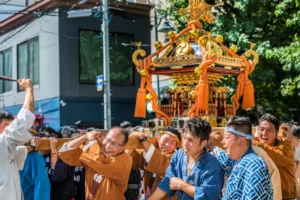
Mikoshi: Why Are These Portable Shrines So Important?
Japan’s summer festivals are known for their energy, color, and tradition. And at the heart of many lies the mikoshi.

Japan’s summer festivals are known for their energy, color, and tradition. And at the heart of many lies the mikoshi.
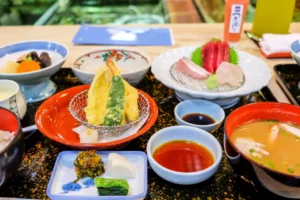
Kyushu Island is located at the southwestern tip of Japan. It is one of Japan’s main islands, and contains seven prefectures: Fukuoka, Saga, Nagasaki, Kumamoto, Oita, Miyazaki, and Kagoshima. Kyushu ramen and sushi are famous across the country, but there are many other tasty dishes from the region.

Kyushu is the southernmost main island in the Japanese archipelago. It is most well-known for its food, but is less famous for its natural beauty. The island contains many landscapes, including serene waters, soothing hot springs, and dramatic rock formations like Takachiho Gorge.
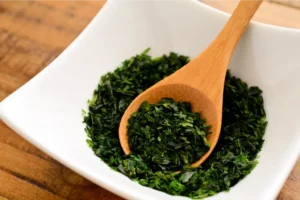
The ocean weed, aonori, may be simple in appearance, but its distinct properties set it apart from other “sea vegetables”. Unlike more bland ocean plants, its unique color, taste, smell, and texture are used to add flavor to foods. This makes it different from other seaweeds like wakame, which lack a strong flavor and aroma.
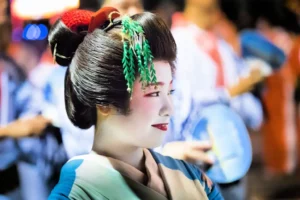
Kyoto and Tokyo are famous for their geisha. But did you know that geisha also exist outside of these two areas? They cultivated their regional customs and styles far from the imperial capital. One such type of performer was the geigi of Niigata City.
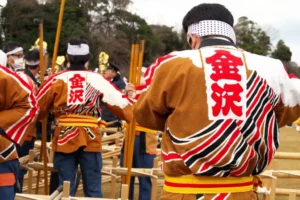
The firefighter in Japan has a long and dedicated history. Fires have been a big problem for many years because most buildings are made of wood, which burns easily. Earthquakes and strong winds often cause fires to start and spread quickly. Because of this, Japan developed special ways to fight fires and protect its towns.
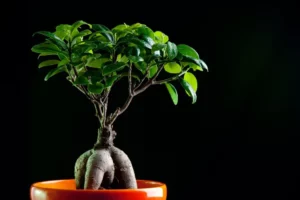
Japan is the birthplace of numerous art forms. But perhaps none have combined nature with patience, and captivated the world’s heart as much as bonsai. But what makes a tree ideal for this art?

In the heart of the Kanto region, the Japanese capital of Tokyo has a level of energy unmatched anywhere else in the nation. Over 37
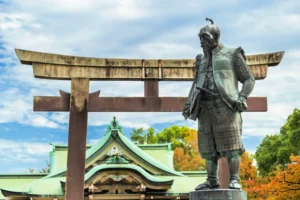
Japan has countless tales of warriors who helped shape the country. Among them, samurai such as Toyotomi Hideyoshi stand the tallest because of their honor and skill.

Few threads shine as brightly as aizome in Japan’s rich cultural tapestry. This ancient art that uses indigo dye traces its roots back over a thousand years. The art is known for its iconic blue hue, which has seeped into the nation’s history and daily life. The process transforms simple plant leaves into a vibrant color through careful preparation.
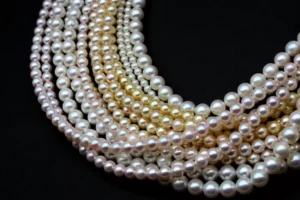
Japan’s jewelry industry is about more than mere adornment; it is intricately bound to its history and traditions. Today, let’s uncover what makes some of their crafts so enduring!

Japan’s relationship with gold (金, “kin”) stretches across millennia. Since its discovery on the islands, this precious metal has long symbolized wealth and power in the archipelago. But the country’s relationship with the element is not only one of practicality but also reverence.
Join our newsletter and receive tasty news and deals
Thanks! We just sent you an email to confirm your subscription. To finish signing up, please click the confirmation link in the email.
Error